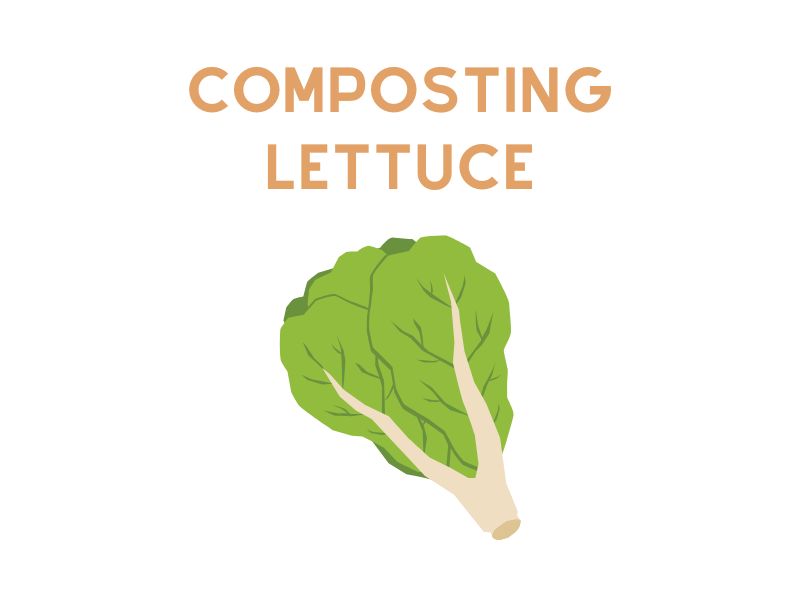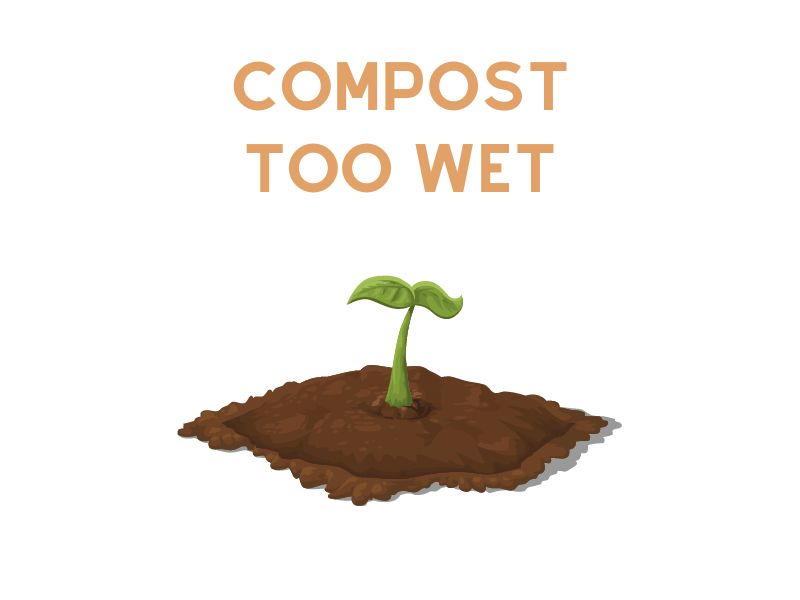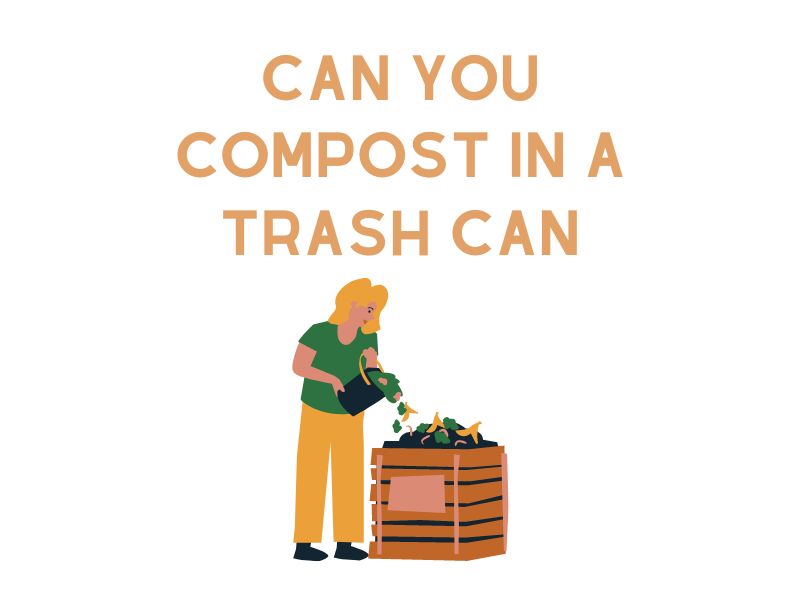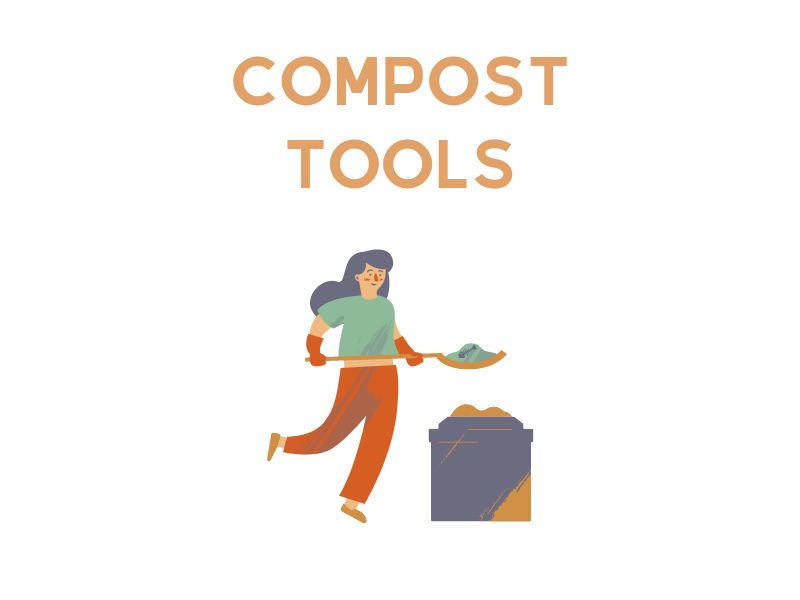Composting has long been heralded as an essential practice for sustainable living. It offers a simple, cost-effective way to recycle kitchen and garden waste, transforming it into a nutrient-rich substance that can be used to enhance soil fertility, structure, and overall health. This practice not only promotes a circular economy at a household level but also significantly contributes to environmental conservation by reducing the amount of organic waste sent to landfills.
Among the myriad of items that can be composted, lettuce often flies under the radar. This common leafy vegetable, frequently found in many households, holds remarkable potential for composting. Its nutrient profile and high moisture content make it a beneficial ingredient for any compost pile.
The aim of this article is to shed light on the value of composting lettuce, guiding you through the process, highlighting its role within the compost heap, and answering some frequently asked questions about composting this particular vegetable. Our goal is to inspire and enable you to make the most of this often-overlooked waste item and contribute positively to a greener planet.
The Composition of Lettuce
Lettuce, one of the most commonly consumed leafy green vegetables, boasts a composition that’s beneficial not only to our bodies but also to our compost heaps. Nutrient-wise, lettuce carries a notable amount of nitrogen, potassium, and a myriad of essential minerals. These nutrients play significant roles in plant growth and development, making lettuce a fantastic addition to any compost heap.
Nitrogen, in particular, is a crucial nutrient that acts as a protein source for microbial organisms breaking down compost materials. These tiny creatures thrive on nitrogen-rich items, and their enhanced activity speeds up the decomposition process.
Potassium, another key nutrient found in lettuce, plays a vital role in plant health. It helps with water regulation in plants and the activation of enzymes needed for plant growth. When added to compost, potassium aids in creating a balanced and nutrient-rich soil amendment.
Additionally, the minerals present in lettuce – such as calcium and magnesium – are essential for the development of healthy plants. They support various biological functions in plants, strengthening their ability to resist diseases and pests.
Beyond its nutrient content, lettuce’s high water content, accounting for about 95% of its weight, is a boon for composting. In composting, moisture is key, and lettuce helps maintain the necessary moisture level within a compost pile. The water within lettuce aids in fostering the microbial activity vital for decomposition and prevents the compost pile from drying out.
In summary, the composition of lettuce – its nutrient content and high water content – makes it an ideal ‘green’ material for composting, contributing to a balanced, nutrient-rich compost that will significantly benefit your garden.
How to Compost Lettuce
The process of composting lettuce is a simple and straightforward one, but the benefits it brings to your compost pile are manifold. Let’s delve into the detailed steps involved in composting lettuce.
Preparation: First, it’s essential to prepare your lettuce for composting. You can use either fresh or wilted lettuce leaves, making it an excellent way to utilize scraps or leaves that are past their prime. Start by cutting or tearing the lettuce into smaller pieces. The smaller the pieces, the larger the surface area for microbes to work on, which speeds up the decomposition process.
Adding to the pile: Once the lettuce is prepared, it’s time to add it to your compost pile or bin. Layering and mixing the lettuce with other compost materials can promote a more effective and efficient decomposition process. When adding the lettuce, aim to mix it with ‘brown’ materials—those that are rich in carbon. Examples of ‘brown’ materials include dried leaves, straw, paper, or cardboard. Maintaining a good balance between ‘green’ and ‘brown’ materials, typically around a 1:2 ratio, ensures your compost heap remains healthy and decomposes effectively.
Regular Maintenance: After adding the lettuce to your compost pile, stir the heap regularly. This process, also known as turning, helps distribute the green and brown materials evenly and ensures that air circulates throughout the pile, facilitating aerobic decomposition. It’s recommended to turn your compost pile every few weeks, or when you notice that the center of the pile is notably warmer than the rest.
Monitoring the Compost Pile: Keep an eye on the moisture levels in your compost pile. While lettuce contributes moisture to the heap, if the pile becomes too wet, it may become anaerobic, leading to a slow decomposition process and potentially unpleasant odors. Conversely, if the pile is too dry, the decomposition process may halt. The compost pile should have the dampness of a wrung-out sponge. If necessary, add water to increase moisture or add more ‘brown’ materials to soak up excess moisture.
Following these detailed steps will help you compost lettuce effectively, ensuring that you make the most out of this beneficial green material and contribute positively to your compost heap’s health.
The Role of Lettuce in the Compost Heap
Within the microcosm of a compost heap, lettuce plays a multifaceted and crucial role. Its contribution extends beyond just being another ingredient to decompose. Lettuce is classified as a ‘green’ compost material, a category rich in nitrogen, which is pivotal to the composting process.
Nitrogen Provider: Nitrogen is one of the primary nutrients that the microbes in a compost heap need to thrive. Microorganisms, the powerhouses that drive the composting process, utilize nitrogen as a protein source, essential for their growth and reproduction. By supplying ample nitrogen, lettuce aids in maintaining a vibrant and active microbial community, ultimately facilitating faster and more efficient decomposition.
Moisture Regulator: Another significant role that lettuce plays in the compost heap is moisture regulation. Its high water content helps maintain the compost pile’s overall moisture level. Moisture is a key element for composting as it supports microbial life and its activity. While it’s important not to oversaturate your compost pile (which can lead to smelly anaerobic conditions), a compost pile that’s too dry can halt microbial activity, stunting the decomposition process. The water content in lettuce helps strike that perfect balance, keeping the compost pile damp, but not waterlogged.
Balancing Act: While lettuce is a boon to compost heaps, it’s important to remember that too much of a good thing can be problematic. Adding excessive amounts of lettuce at once can potentially lead to an overheated pile or create an attractive food source for pests. To prevent this, it’s crucial to balance the amount of ‘green’ lettuce with ‘brown’ carbon-rich materials, such as fallen leaves, cardboard, or straw. This balance not only helps maintain the optimal carbon-to-nitrogen ratio for composting but also helps control moisture levels and temperature within the pile.
In summary, lettuce serves multiple roles within the compost heap. It acts as a valuable source of nitrogen, helps regulate moisture levels, and contributes to the overall balance of composting materials. When composted properly, lettuce can significantly enhance the health and quality of your compost heap.
Other Vegetables You Can Compost
While lettuce is a beneficial addition to your compost heap, it’s far from the only vegetable that can enhance your compost pile’s quality. In fact, a diverse compost pile often results in a richer, more balanced compost. Here’s a deeper look into some other vegetables you can compost:
- Cucumbers: Just like lettuce, cucumbers have high water content, making them an excellent source of moisture for your compost heap. They also break down relatively quickly due to their soft structure.
- Carrots: Carrots add a robust dose of nutrients to your compost, including potassium, which is crucial for plant growth. Remember to chop or shred them into smaller pieces to speed up the decomposition process.
- Peas: Pea plants and pods are excellent ‘green’ materials for your compost pile, adding nitrogen that aids in the composting process.
- Peppers: Both sweet and hot pepper plants can be composted. They are rich in various nutrients that contribute to a balanced compost. However, if the plants were diseased, it is best to avoid composting them to prevent spreading the disease.
- Tomatoes: Tomato plants and unused or spoiled tomatoes are great for composting. However, similar to pepper plants, avoid composting diseased plants. Tomato seeds may survive the composting process and sprout where you use your compost, so consider this factor if you choose to compost tomatoes.
When composting these or any vegetables, remember to maintain a balance with ‘brown’ carbon-rich materials. This balance is crucial for a healthy, efficient composting process. And remember, diversity in your compost pile not only helps create a balanced compost but also aids in fostering a more diverse microbial community, leading to a richer and more nutrient-dense compost that will greatly benefit your garden.
FAQ about Composting Lettuce
Can you compost lettuce with dressing?
While you can compost lettuce, adding lettuce with salad dressing or any other food dressing is not recommended. These dressings can contain oils and other ingredients that might attract pests or slow down the composting process.
Is it OK to compost diseased lettuce?
It is best to avoid composting diseased plants, including lettuce, as diseases can survive in the compost heap and potentially spread to other plants when the compost is used.
Can lettuce seeds compost?
Lettuce seeds, like other plant seeds, can be composted. However, keep in mind that they may not fully decompose and could potentially germinate in your compost pile or when you use your compost.
Conclusion
Composting lettuce, while seemingly a small action, is a powerful and meaningful step towards a more sustainable lifestyle. This often overlooked leafy green vegetable, with its rich nutrient content and high water content, contributes significantly to the health and vitality of your compost heap. Furthermore, by composting lettuce and other vegetable scraps, we reduce the amount of waste we send to landfills and convert it into a rich, natural soil amendment, closing the organic waste cycle in a truly sustainable manner.
However, the practice of composting, while simple, requires mindfulness. The balance of ‘green’ and ‘brown’ materials in your compost pile is crucial, as is avoiding the composting of materials that might attract pests or spread diseases. Remember, it’s not just about what you compost, but also how you compost it.
And while lettuce makes a beneficial addition to any compost heap, diversity is equally important. Composting a variety of vegetables can lead to a richer, more nutrient-dense compost that enhances your soil’s health and fertility, promoting robust plant growth.
In essence, composting lettuce and other vegetable scraps is more than just waste management. It’s about stewardship—taking care of the resources we have, reducing waste, and returning nutrients back to the earth. It’s an empowering practice, one where each one of us can make a difference right in our own backyards. So, next time you’re about to discard that wilted lettuce or vegetable scraps, consider the compost heap and the remarkable transformation that can occur. Happy composting!





